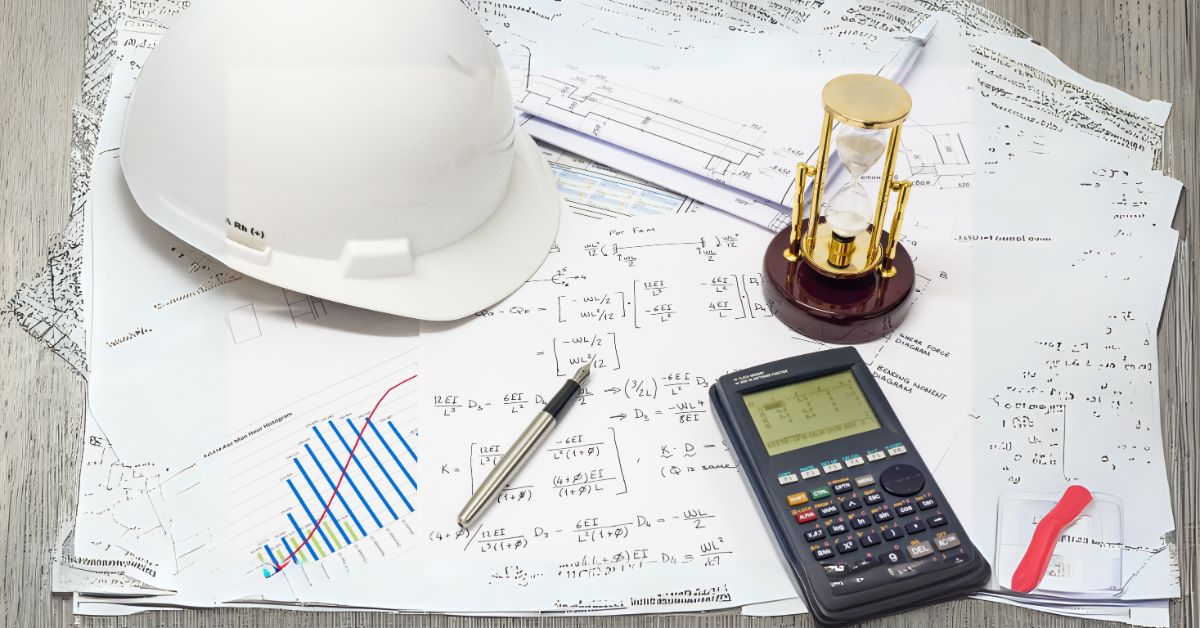
Level 2 Award In Structural Analysis and Design
Course Overview:
The Level 2: Structural Analysis and Design course is tailored to provide participants with a solid foundation in understanding and applying structural engineering principles. This program focuses on analyzing structural components and designing systems that ensure safety, stability, and efficiency. With an emphasis on practical problem-solving and the use of modern tools, the course equips learners to address real-world challenges in construction and infrastructure projects.
Benefits
- Core Competency: Develop essential skills in structural analysis and design.
- Career Growth: Open doors to specialized roles in structural engineering.
- Practical Expertise: Gain hands-on experience with industry-standard tools and techniques.
- Safety-Focused Learning: Learn to design structures that meet safety and reliability standards.
- Professional Recognition: Enhance your profile with a certification recognized in the engineering industry.
Learning Outcomes
Upon completing this course, participants will:
- Understand the principles of structural behavior under various loads.
- Analyze structural elements such as beams, columns, and trusses.
- Apply modern tools and techniques to design efficient structural systems.
- Evaluate materials for structural applications based on performance and cost.
- Develop solutions that prioritize safety, sustainability, and compliance with codes.
Study Units
- Introduction to Structural Analysis:
- Basics of structural behavior and load types.
- Role of structural analysis in engineering projects.
- Material Properties and Selection:
- Key properties of steel, concrete, and composite materials.
- Material selection criteria for different structural applications.
- Structural Components:
- Behavior and design of beams, columns, trusses, and slabs.
- Concepts of axial, shear, and bending stresses.
- Design Principles and Methods:
- Limit state and working stress design approaches.
- Integration of structural and architectural considerations.
- Load Analysis and Distribution:
- Types of loads: dead, live, wind, and seismic.
- Techniques for distributing and balancing loads in structures.
- Structural Stability and Safety:
- Factors influencing stability in structural systems.
- Designing for resilience against natural and man-made forces.
- Software Applications in Structural Design:
- Introduction to software like SAP2000, STAAD.Pro, or ETABS.
- Hands-on practice with structural modeling and analysis tools.
Course Outline
- Foundations of Structural Engineering:
- Overview of structural systems and their applications.
- Key engineering standards and codes.
- Structural Behavior Analysis:
- Understanding internal forces and their effects.
- Analysis of basic structures under various load conditions.
- Material Mechanics:
- Stress-strain relationships and material behavior.
- Importance of ductility, durability, and performance.
- Structural Design Processes:
- Step-by-step methodology for designing structural components.
- Emphasis on both manual calculations and software tools.
- Safety and Compliance in Design:
- Ensuring designs meet regulatory requirements.
- Identifying and mitigating potential structural failures.
- Practical Projects and Case Studies:
- Real-world examples of successful structural designs.
- Group projects focusing on analyzing and improving structural systems.
Career Progression
Completing the Level 2: Structural Analysis and Design course positions participants for growth in the engineering field:
- Further Education: Advance to Level 3 courses focusing on advanced structural design and materials.
- Career Opportunities: Roles such as Structural Engineer Assistant, Drafting Specialist, or Design Analyst.
- Specialized Skills: Pursue expertise in earthquake-resistant structures, bridge design, or high-rise construction.
- Professional Development: Build a strong portfolio for roles in civil engineering firms or independent consultancies.
Why Choose Us?
- Expert Faculty: Learn from industry professionals with years of structural engineering experience.
- Cutting-Edge Resources: Access advanced tools and software for structural modeling and design.
- Globally Recognized Certification: Strengthen your credentials with an industry-standard qualification.
- Hands-On Approach: Gain practical experience through simulations and project-based learning.
- Supportive Learning Environment: Benefit from comprehensive support during and after the course.
Transform your engineering career!
Enroll in the Level 2: Structural Analysis and Design program to gain essential skills and take a step toward becoming a proficient structural engineer.
Our assessment process is designed to ensure every learner achieves the required level of knowledge, skills, and understanding outlined in each course unit.
Purpose of Assessment
Assessment helps measure how well a learner has met the learning outcomes. It ensures consistency, quality, and fairness across all learners.
What Learners Need to Do
Learners must provide clear evidence that shows they have met all the learning outcomes and assessment criteria for each unit. This evidence can take different forms depending on the course and type of learning.
Types of Acceptable Evidence
Assignments, reports, or projects
Worksheets or written tasks
Portfolios of practical work
Answers to oral or written questions
Test or exam papers
Understanding the Structure
Learning outcomes explain what learners should know, understand, or be able to do.
Assessment criteria set the standard learners must meet to achieve each learning outcome.
Assessment Guidelines
All assessment must be authentic, current, and relevant to the unit.
Evidence must match each assessment criterion clearly.
Plagiarism or copied work is not accepted.
All learners must complete assessments within the given timelines.
Where applicable, assessments may be reviewed or verified by internal or external quality assurers.
Full learning outcomes and assessment criteria for each qualification are available from page 8 of the course handbook.
Top Courses
No results found.
Related Courses
Let's Get in touch
Deleting Course Review
Course Access
This course is password protected. To access it please enter your password below:



